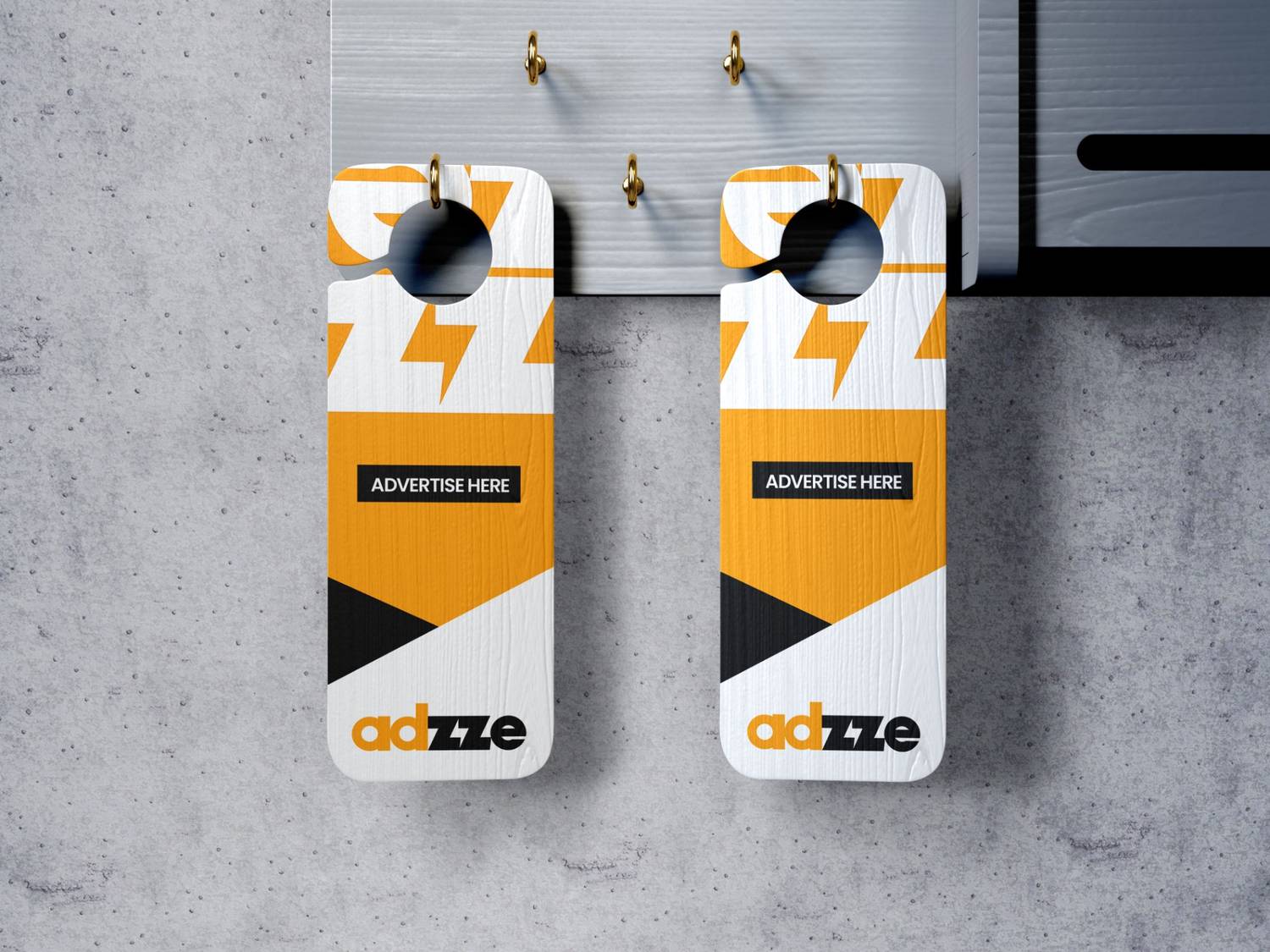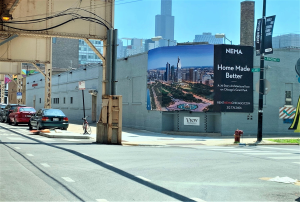In today’s fast-paced digital landscape, standing out as a brand can feel like climbing a steep hill. Amid the noise, viral guerrilla marketing has emerged as a game-changing approach, capturing attention with creativity, surprise, and emotional resonance. But what truly makes these campaigns go viral? The answer lies in understanding the psychology behind consumer behavior.
In this blog, we’ll dive deep into the elements that make guerrilla marketing campaigns succeed, explore examples, and uncover actionable insights for marketers eager to create their own buzzworthy campaigns.
What Is Viral Guerrilla Marketing? 
Viral guerrilla marketing is an unconventional and low-cost strategy that aims to surprise and delight audiences, often in public spaces, to create memorable and shareable brand experiences. Unlike traditional ads, these campaigns rely heavily on creativity, emotional appeal, and word-of-mouth to reach a wider audience without massive ad budgets.
But why do some guerrilla marketing campaigns go viral while others fade into obscurity? To answer this, we must delve into the psychological principles that govern human reactions and sharing behavior.
The Psychology Behind Viral Guerrilla Marketing Success
1. Emotional Resonance: The Heart of Virality
Humans are emotional creatures, and content that evokes strong emotions—be it humor, joy, awe, or even anger—is more likely to be shared. Viral guerrilla marketing campaigns often create an emotional hook that taps into shared cultural or societal experiences.
2. The Power of Surprise
The unexpected captures attention like nothing else. Guerrilla marketing often thrives on surprise, breaking people’s expectations of mundane public spaces and transforming them into interactive brand experiences.
3. Social Proof and FOMO
People love to be part of a larger movement or trend. When they see others engaging with a campaign, they’re more likely to participate, share, and contribute to its virality. The Fear of Missing Out (FOMO) is a powerful driver, encouraging viewers to engage with content or experiences before it’s too late.
4. Storytelling: Crafting a Narrative
A compelling story can turn a simple marketing stunt into a cultural phenomenon. Storytelling makes the campaign relatable and gives audiences a reason to emotionally invest in the brand.
5. Simplicity and Clarity
Simplicity is key to understanding and sharing. The best viral guerrilla marketing campaigns convey a single, clear message that can be grasped quickly and easily shared.
How to Apply Psychology to Guerrilla Marketing
1. Start with Emotion
Identify the primary emotion you want your audience to feel—joy, inspiration, shock—and build your campaign around that.
2. Design for Shareability
Ensure your campaign is visually striking, easy to record or photograph, and simple to share on social media platforms.
3. Leverage Technology
Incorporate elements like QR codes, AR/VR experiences, or live social media feeds to amplify the reach and interaction.
4. Create a Community Connection
Tie your campaign to a local or cultural narrative that resonates with your target audience, creating a sense of relevance and belonging.
5. Test and Iterate
Run small-scale tests to gauge public reaction and fine-tune your campaign before launching on a larger scale.
Case Studies: Viral Guerrilla Marketing in Action
Healthcare: The Public Awareness Campaign
A healthcare organization installed “invisible” benches in parks that only became visible when people sat down, revealing messaging about mental health awareness. By evoking surprise and sparking conversations, the campaign saw:
1. A 60% increase in website visits.
2. High social media engagement with over 100,000 shares.
Entertainment: Promoting a Blockbuster
A film studio used street performers dressed as characters from their upcoming movie in high-traffic areas. The performers handed out QR codes leading to exclusive trailers and behind-the-scenes footage, resulting in:
1. A 50% rise in advance ticket sales.
2. 40,000 social media mentions in one week.
E-commerce: Engaging Customers in Urban Spaces
An e-commerce brand projected holographic advertisements onto building facades during a festival, showcasing flash sales and exclusive deals. By tying into the event’s excitement, they achieved:
1. A 30% increase in app downloads.
2. A 20% boost in sales during the campaign.
FAQs: Common Questions About Viral Guerrilla Marketing
1. What makes guerrilla marketing go viral?
Campaigns that evoke strong emotions, surprise, or tell compelling stories are more likely to go viral. Simplicity and shareability also play critical roles.
2. Can small businesses use guerrilla marketing effectively?
Absolutely! Guerrilla marketing relies more on creativity than budget, making it ideal for businesses of all sizes.
3. How can I measure the success of a guerrilla campaign?
Track metrics like social media mentions, website traffic, event attendance, and sales data to evaluate impact and ROI.
4. What are some common challenges in guerrilla marketing?
Challenges include securing permits for public spaces, ensuring campaigns are culturally sensitive, and accurately measuring impact.
5. How can technology enhance guerrilla marketing?
Tech tools like QR codes, augmented reality, and live social media feeds can amplify engagement and make campaigns more interactive.








